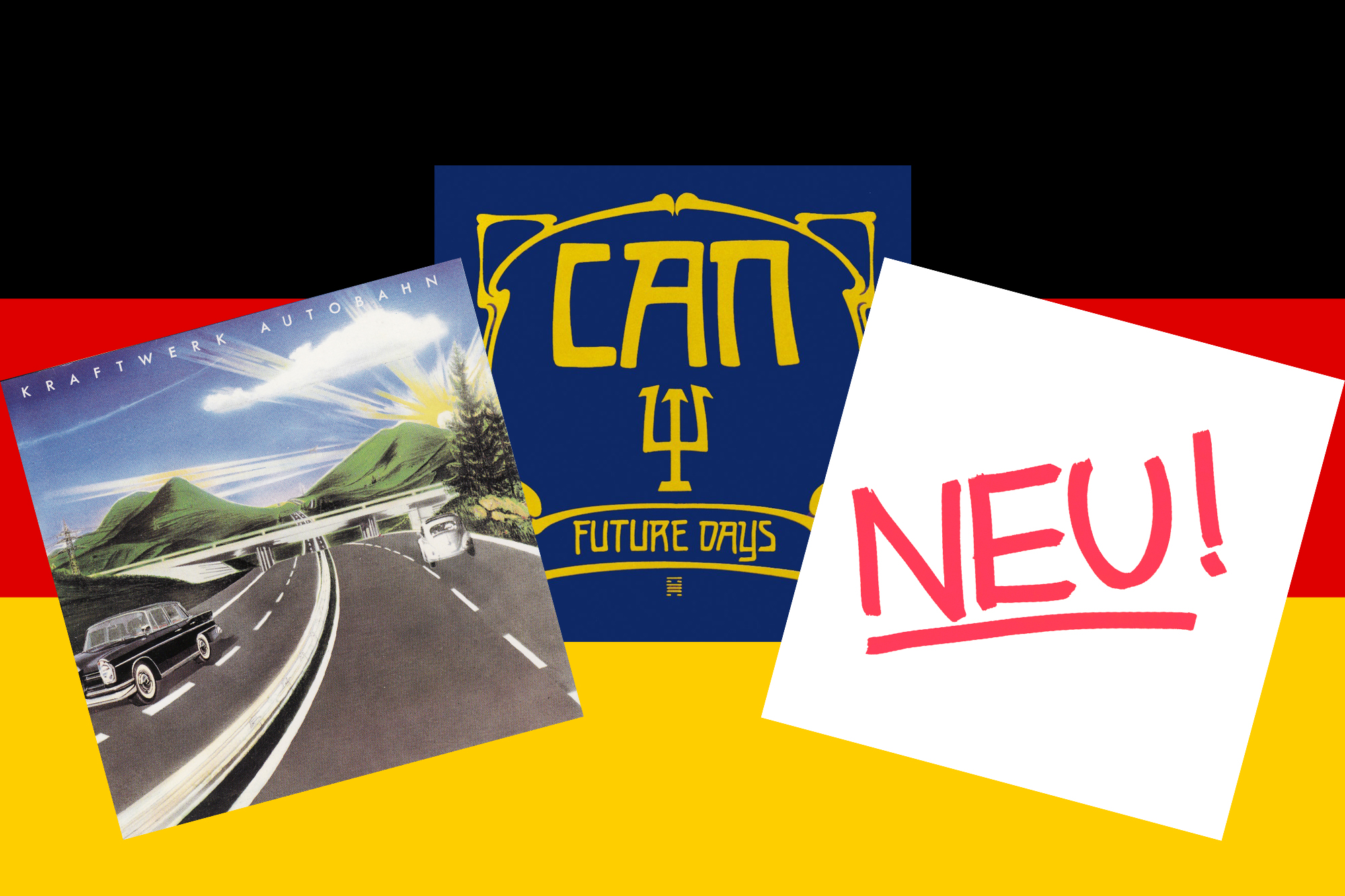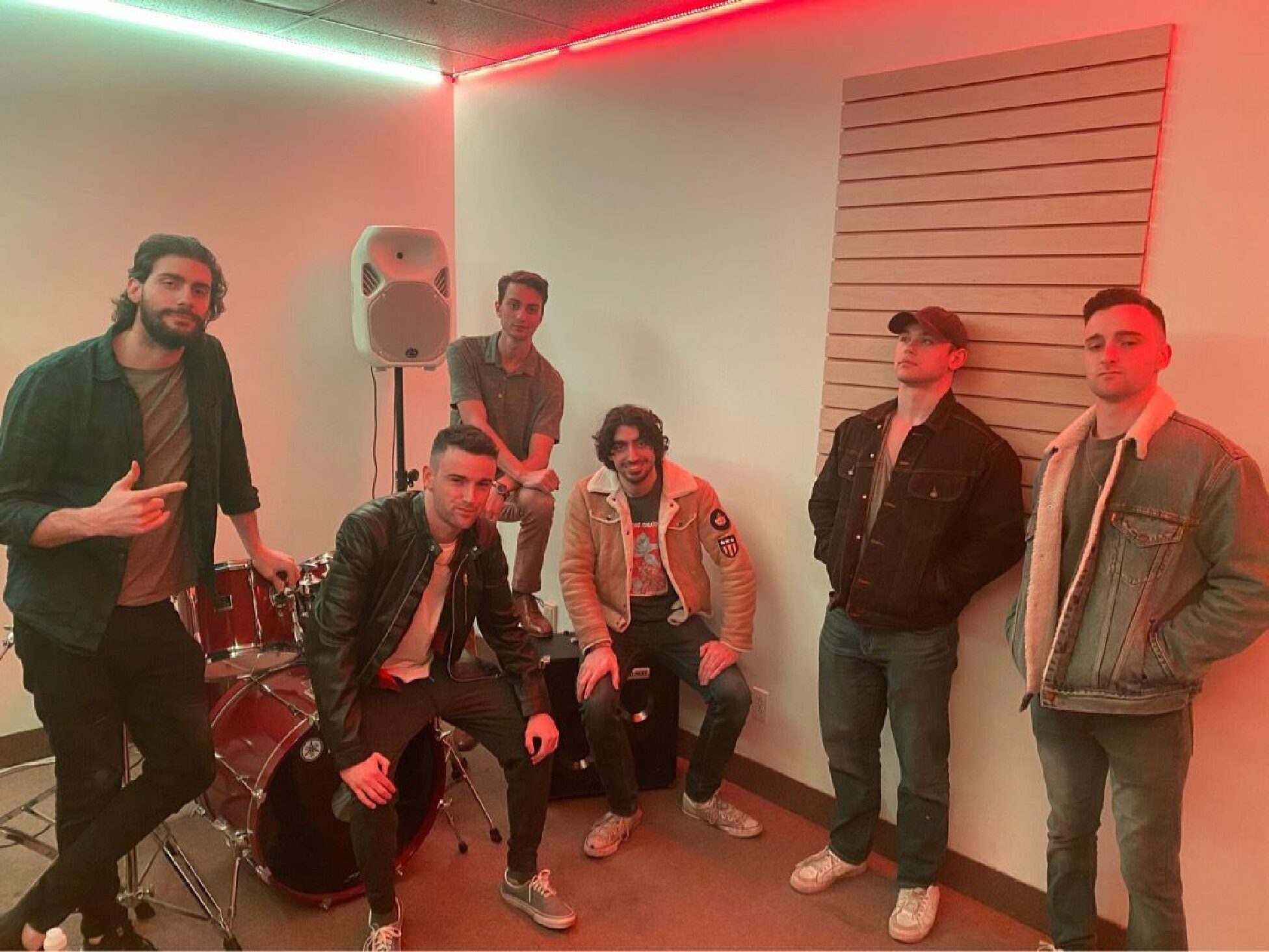Distinctly jazzy and experimental, this genre’s influence is still felt today
Though rock music has its roots firmly planted in blues, many of the genre’s most interesting derivatives aim to further themselves from these tropes.
With the arrival of the ‘70s came newfound technology for musicians to play with and in some cases, the results were quite revolutionary. Meeting somewhere between early progressive rock and psychedelic rock, krautrock has become one of Germany’s most influential and revelatory exports, shaping the sounds of yesterday and tomorrow.
So what makes German progressive rock so incredibly different from its Western counterpart? Well, quite a few things actually. For one, krautrock serves as a more accessible bridge to European experimental and tape music, often incorporating analogue sound loops and synths to its rhythmic brand of prog rock in atmospheric ways. Studying the pioneering works of experimental German composer Karlheinz Stockhausen, many of the genre’s bands combine elements of avant-garde jazz and electroacoustic music, stripping away the limitations of American rock’s R&B roots while adhering to many of its other hallmarks, namely a standard, steady 4/4 beat and raucous electric guitars.
While many bands originally disowned and distanced themselves from the term due in part to its derogatory prefix, the name has since been re-popularized by its homeland following the emergence and success of many of its artists. With their blend of early synthpop and trance-inducing repetition, Kraftwerk are still the most internationally renowned band to emerge from the genre, their later output charting on North American charts. Though their later output pioneered synthpop and was steeped in progression, 1974’s Autobahn proved a perfect balance between old and new was possible. With its A-side comprised entirely of a single self-titled song, the album blends experimental sounds and gorgeous ambient passages within a distinctly krautrock structure to stunning effect. The album also catapulted the German quartet to international stardom.
While Kraftwerk climbed the charts worldwide with their off-beat brand of electronic music, Michael Karoli, Irmin Schmidt, Holger Czukay and Jaki Liebezeit pioneered something more overwhelming and chaotic in the form of Can. Following a few soundtrack appearances and an excellent debut in the form of 1969’s Monster Movie, the German band enlisted eccentric Japanese singer Damo Suzuki to front the band. What followed was a transformative trilogy of albums punctuated by funky rhythms, impressively robotic drumming and deafening sonic collages. Future Days, the band’s final album with Suzuki, serves as a pleasantly soothing and jaunty tropically-tinged final chapter, eschewing the band’s more cathartic experiments in favor of crafting a rich, beautifully coloured atmosphere like no other.
One of krautrock’s most defining traits is its transformative quality, stripping rock of its soul and replacing it with a seemingly mechanical rhythm section. Though most bands in the genre couple these elements with rich psychedelia, NEU!’s 1972 self-titled debut sticks extremely closely to the genre’s foundations. Comprised of energetic grooves and forays into experimental harsh noise, NEU!’s more traditionalist approach isn’t for everyone. With bands like New York’s DIIV and England’s Radiohead showcasing deep admiration for many artists in the genre, the influence of krautrock is simply undeniable.




